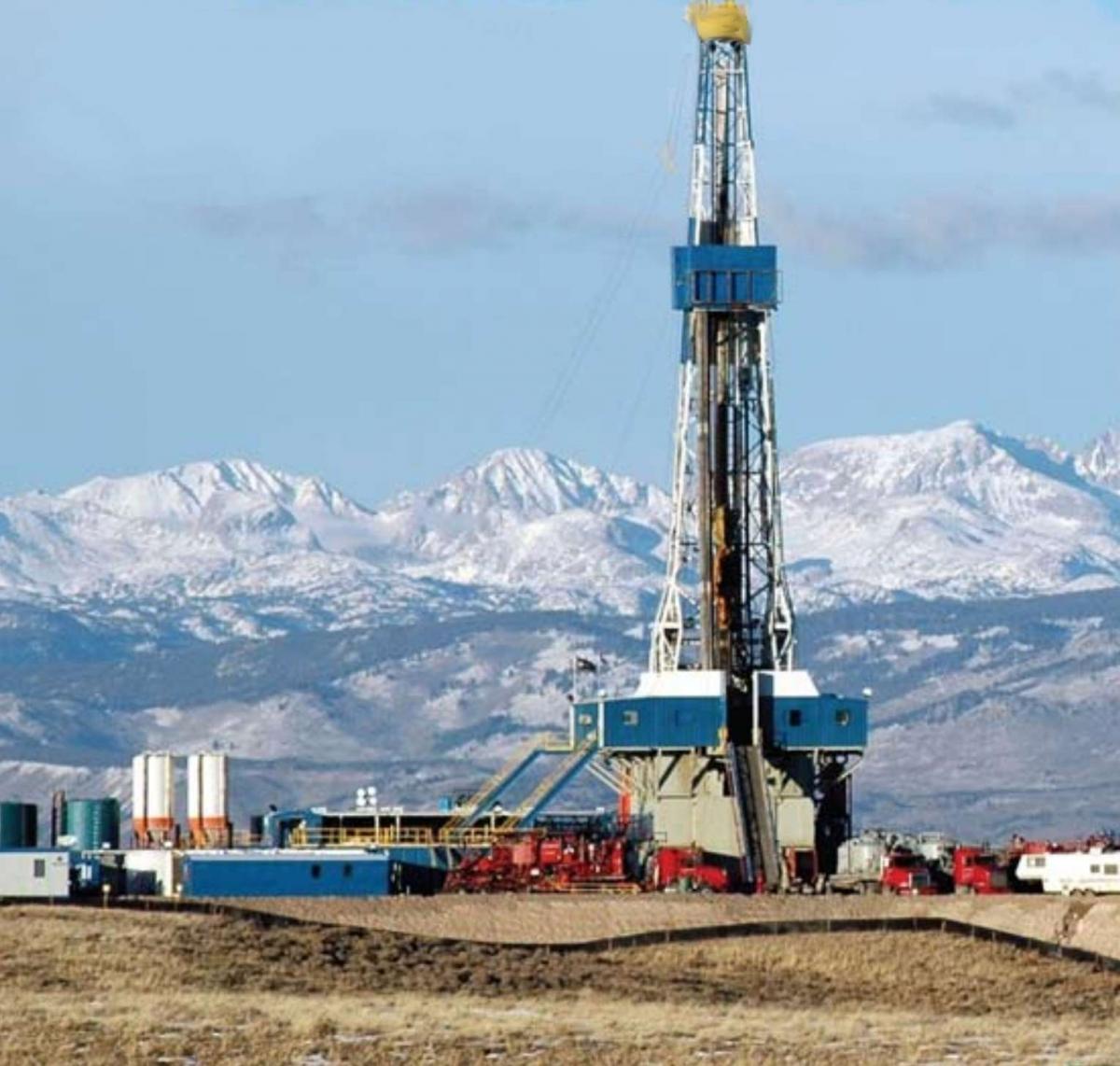A new paper available at SSRN looks at two infamous commodity industry melt-downs: Amaranth and MF Global. It offers a diagnosis of each.
Hilary Till, of the EDHEC – Risk Institute, and Richard Heckinger, of the Federal Reserve Bank of Chicago, share the by-line. They acknowledge research assistance from Katherine Farren, CAIA, of Premia Risk Consultancy.
The Amaranth and MF Global failures are worth investigation under a single heading because such events are not generally seen as typical of the commodity futures industry. In part, at least, it is the day-to-day mark-to-market process characteristic of the industry that usually limits the size of losses short of catastrophe.
But in the case of Amaranth Advisors LLC, which collapsed in September 2006 after a multi-billion dollar loss in natural gas futures, and in the case of MF Global, which declared bankruptcy six years later after entering into rep positons that in effect bet on the solvency of Europe’s most hard-pressed nations, the nature of the accounting didn’t help.
In this first part of our own look at the Till/Heckinger work, we will look specifically at Amaranth, saving the analysis of MF Global for another day.
Three Investigations
Amaranth was a multi-strategy hedge fund firm that had over time become heavily dependent on energy trades. As of June 30, 2006, such trades generated about 75% of the firm’s profits.
Between the end of August that year and the middle of September Amaranth lost 50% of its assets. On just one day near the end of that period (Thursday, September 14) it lost $560 million.
Ten months later, the U.S. Senate Permanent Subcommittee on Investigations released its own report on what that committee’s staff saw as the policy implications of the failure of Amaranth. Till and Heckinger draw extensively from that staff report.
A month after that, late July 2007, both the Federal Energy Regulatory Commission and the Commodity Futures Trading Commission filed actions against Brian Hunter, a key trader at Amaranth, charging price manipulation amounting to violations of the Natural Gas Act and the Commodity Exchange Act, respectively. This set up years of controversy and litigation over which of those two agencies was the pertinent regulator. [Turns out the CFTC was.]
One great frustration for a student of the brouhaha is that the various institutions pointing fingers at Amaranth and in particular at Hunter take mutually contradictory views of what he did, and of what he did wrong. The Senate subcommittee said that Hunter’s large positions had caused consumers and businesses to pay inflated prices for natural gas. But FERC said that Hunter manipulated the closing prices of NYMEX nat gas futures contracts downward, so as to benefit his short positions on another exchange. Finally, the CFTC also said that Hunter tried to manipulate prices downward but it reached no conclusion as to whether he had succeeded in doing so.
Market Risk Principles
Till and Heckinger note such differences, but the center of their own concerns lies elsewhere, in the fact that during the half month period when money was bleeding out of Amaranth, there was no financial counterparty that could take on Amaranth’s positions. The “natural counterparties to Amaranth’s trades,” write Till and Heckinger, were “the physical-market participants who had either locked in the value of forward production or storage.” They quote Michael Cosgrove, who was president of Amerex Brothers at the time, who said that the counterparties “were storage managers, pipeline companies and retail marketers who had absorbed the other side of the Amaranth position as hedges against their physical businesses.”
One lesson that Till and Heckinger draw is that Amaranth’s position sizes were simply too large for a financial entity. “If a financial firm cannot make or take physical delivery of a commodity,” they write, “then that firm’s exit strategy is very constrained.”
This is what these authors mean by the suggestion that Amaranths failure can best be understood on market risk principles: by August 31, 2006 the firm had entered into what Till and Heckinger call a critical liquidation cycle. Margin calls required distressed liquidations, and those liquidations caused even greater losses, instigating further margin calls from the credit providers. Such a situation can be contained ether by activity on the physical side, or by the ability to sell positons to other financial firms with a long horizon. Amaranth had neither.




